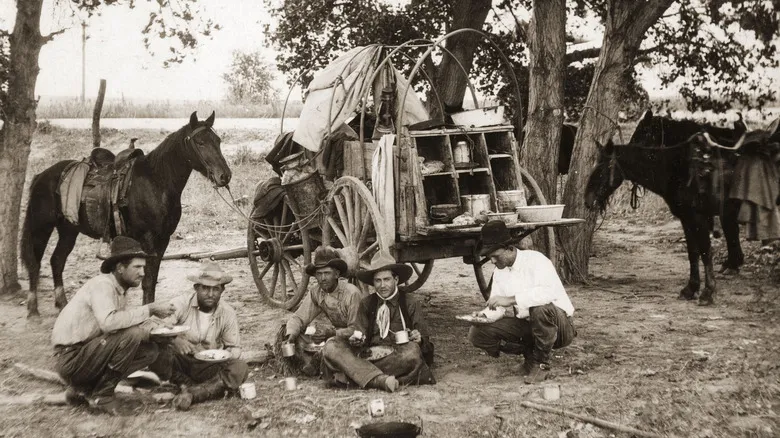America's take on the French croque monsieur

Although the exact origin of the Monte Cristo remains a mystery, it likely has its beginnings in the French croque monsieur, a straightforward sandwich made with ham and Gruyère cheese, topped with béchamel sauce. This sandwich made its debut in Parisian cafés around 1910 and has led to several variations, such as the croque madame, which features an egg on top, and the indulgent Portuguese francesinha, served in a tomato-and-beer sauce. In contrast to its Parisian counterpart, the Monte Cristo is dipped in beaten egg and typically includes sliced meats like turkey.
Once the sandwich gained popularity in the United States, various regional adaptations emerged. Many enthusiasts of the Monte Cristo argue that it should be accompanied by raspberry jam or preserves (though other berries can be used) and lightly dusted with sugar to complement its savory elements with a touch of sweetness. Whether or not you view the turkey and sugar as essential components, any version of the sandwich is distinctly American, even if its peculiar name remains unexplained. Ultimately, there is scant evidence linking it to either the ghost town of Monte Cristo in Washington or Alexandre Dumas' "The Count of Monte Cristo," both of which are frequently cited as potential inspirations.
Recommended

New England's Clam Roll Is The Lobster Roll's Lesser-Known, Deep-Fried Cousin

Pennsylvania Is Home To Some Of The Best Pretzels In The US

The Origin Of The Food Truck Started In The Pioneer Days

What Exactly Goes On A Vermonter Sandwich?
Next up

